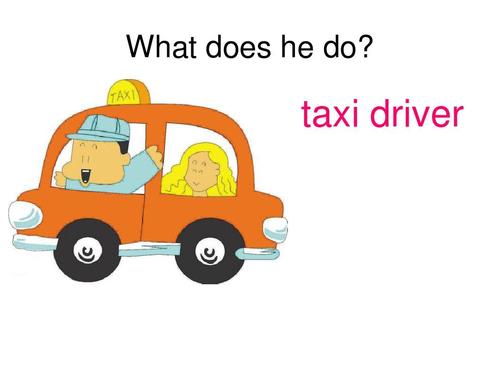数百辆公共汽车用英语怎么说
- 车百科
- 2024-05-05
- 674
Title: How to Communicate on a Public Bus in English
Public transportation is a common mode of travel in many parts of the world, and knowing how to communicate effectively while using it can enhance your experience and ensure smooth journeys. Here's a guide on how to communicate on a public bus in English:
1. Boarding the Bus:
When you want to get on the bus, you typically wait at a designated bus stop. As the bus approaches, make sure to signal the driver that you want to board by extending your arm outward.
Example Phrases:
"Excuse me, could you please let me off at the next stop?"
"Is this bus going to [destination]?"
2. Paying Fare:
Different regions have different systems for paying bus fare. Some buses accept cash, while others require prepaid tickets or cards. If you're unsure about the fare or payment method, you can ask the driver or check for signage.
Example Phrases:
"How much is the fare to [destination]?"
"Do you accept credit cards?"
3. Finding a Seat:
Once onboard, find an available seat or standing space if seats are occupied. If you have any mobility needs or require assistance, don't hesitate to ask other passengers or the driver.
Example Phrases:
"Is this seat taken?"
"Could you please move over so I can sit here?"
4. Asking for Assistance:
If you're unfamiliar with the bus route or need help navigating, feel free to ask the driver or fellow passengers for assistance. Most people are happy to help.
Example Phrases:
"Could you tell me when we reach [landmark]?"
"Can you help me find the nearest stop to [location]?"
5. Exiting the Bus:
When your stop approaches, signal the driver by pulling the cord or pressing the stop button. Move towards the exit doors and wait for the bus to come to a complete stop before disembarking.
Example Phrases:
"Next stop, please."
"I need to get off at the next intersection."

6. Showing Courtesy:
Remember to be respectful to other passengers and the bus driver. Offer your seat to those in need, keep noise levels down, and follow any rules or regulations posted inside the bus.
Example Phrases:
"Would you like to take this seat?"
"Sorry for the inconvenience."
Conclusion:
Communicating effectively on a public bus in English involves basic phrases for boarding, paying fare, finding seats, seeking assistance, exiting, and showing courtesy. By familiarizing yourself with these expressions, you can navigate the bus system confidently and courteously. Practice these phrases to enhance your travel experience and make your journeys more enjoyable.
This guide provides essential English phrases for interacting on a public bus, ensuring smooth communication and pleasant experiences for all passengers. Whether you're a tourist or a local resident, mastering these expressions will help you navigate public transportation with ease.
上一篇
池州到长沙汽车时刻表
下一篇
崇明土耳其房产移民多少钱














